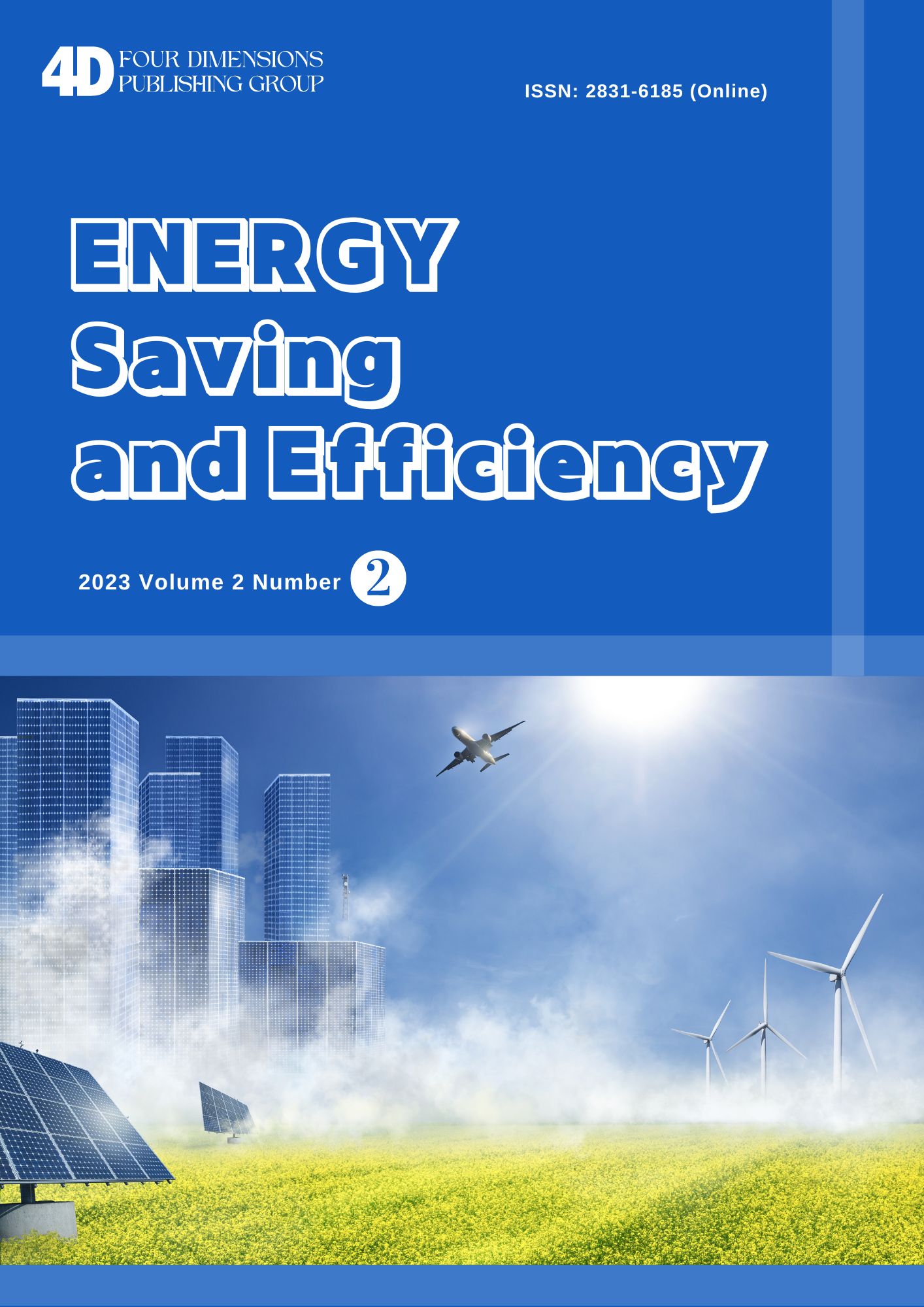
Energy Saving and EfficiencyOpen Access
Energy Saving and Efficiency[ESE] is an international peer-reviewed journal that publishes original and high-quality research papers in all related areas. All papers published will be open access to all readers. To build a platform for scientific research and academic exchange for scholars, focusing on the development and research, introducing worldwide research, theory and practice, and promoting international exchanges.
ISSN: N/A (Print)
Frequency: Bimonthly
ISSN: 2831-6185 (Online)
Website: https://doi.org/10.55571/ese
Email:journal@4dpublishinggroup.com /ese@4dpublishinggroup.com
Indexing and Abstracting: Google Scholar; CrossRef; ResearchBib; WorldCat; CiteFactor
Email:journal@4dpublishinggroup.com /ese@4dpublishinggroup.com
Indexing and Abstracting: Google Scholar; CrossRef; ResearchBib; WorldCat; CiteFactor
Membrane Based Ultrafiltration of Toxic Effluent to Combat Groundwater Crisis
DOI: https://doi.org/10.55571/ese.2022.04012
Authors:Pralay Kumar Ghosh, Suvadeep Saha and Biman Gati G
Affiliation:Department of Civil Engineering, Elitte College of Engineering, Sodpur, Kolkata, India
Information:Energy Saving and Efficiency. April 2022 Vol.1, No.1, pp 7-11
Authors:Pralay Kumar Ghosh, Suvadeep Saha and Biman Gati G
Affiliation:Department of Civil Engineering, Elitte College of Engineering, Sodpur, Kolkata, India
Information:Energy Saving and Efficiency. April 2022 Vol.1, No.1, pp 7-11
Abstract:The paper observe and tries to evaluate the character of effluents generated from fabric bleaching and dyeing factories positioned at Kalikapur region beneath the Maheshtala region, West Bengal, India and to offer a sustainable control of surface water sources thru putting in CETPs with 0 liquid discharge plants. Effluents from medium, small and tiny factories of this place are producing 2000 MLD. Studies with forty small scale units for 4 years (2012—2016) positioned on this region exhibited following implied values of various physic-chemical variables: pH: 9, BOD: 608 mg/l, COD: 1824 mg/l, TDS: 6410 mg/l, TSS: 926 mg/l and hazardous metals which include Pb: 0.43mg/l, Cr : 0.031 mg/l, Zn: 0.74 mg/l, Ni: 0.07 mg/l and Cd: 0.03 mg/l. These values exceeded the usual permissible limits stipulated through FAO (1985) and WHO (2003). The wastewater encumbered with poisonous hint metals is adversely affecting the surroundings and human fitness and additionally degrades the best quality of each surface and groundwater and constantly lowering the level of underground water aquifer.
Keywords:Wastewater; Textile, Treatment; Membrane; Ultrafiltration
Cite This Article:Ghosh P. K., Saha S. and Gupta B.G. (2022). Membrane Based Ultrafiltration of Toxic Effluent to Combat Groundwater Crisis. Energy Saving and Efficiency, Vol.1, No.1, pp 7-11
Keywords:Wastewater; Textile, Treatment; Membrane; Ultrafiltration
Cite This Article:Ghosh P. K., Saha S. and Gupta B.G. (2022). Membrane Based Ultrafiltration of Toxic Effluent to Combat Groundwater Crisis. Energy Saving and Efficiency, Vol.1, No.1, pp 7-11
